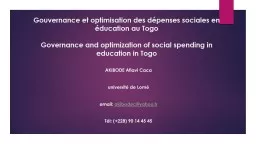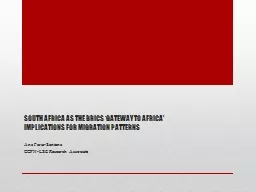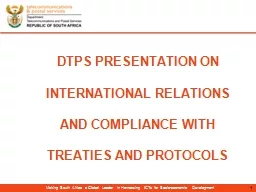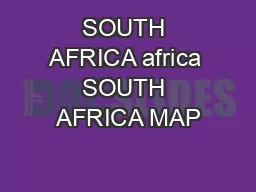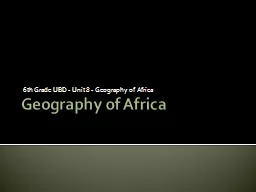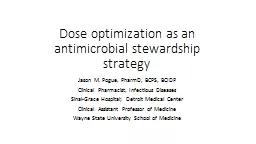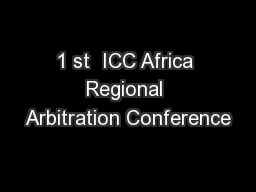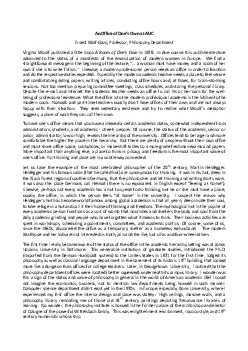PPT-The AUC International conference on Africa
Author : conchita-marotz | Published Date : 2020-04-06
challenge Governance and optimization of social spending in education in Togo AKIBODE A fiavi C aca université de L omé email akibodecyahoofr T él 228
Presentation Embed Code
Download Presentation
Download Presentation The PPT/PDF document " The AUC International conference on Afr..." is the property of its rightful owner. Permission is granted to download and print the materials on this website for personal, non-commercial use only, and to display it on your personal computer provided you do not modify the materials and that you retain all copyright notices contained in the materials. By downloading content from our website, you accept the terms of this agreement.
The AUC International conference on Africa: Transcript
Download Rules Of Document
" The AUC International conference on Africa"The content belongs to its owner. You may download and print it for personal use, without modification, and keep all copyright notices. By downloading, you agree to these terms.
Related Documents

